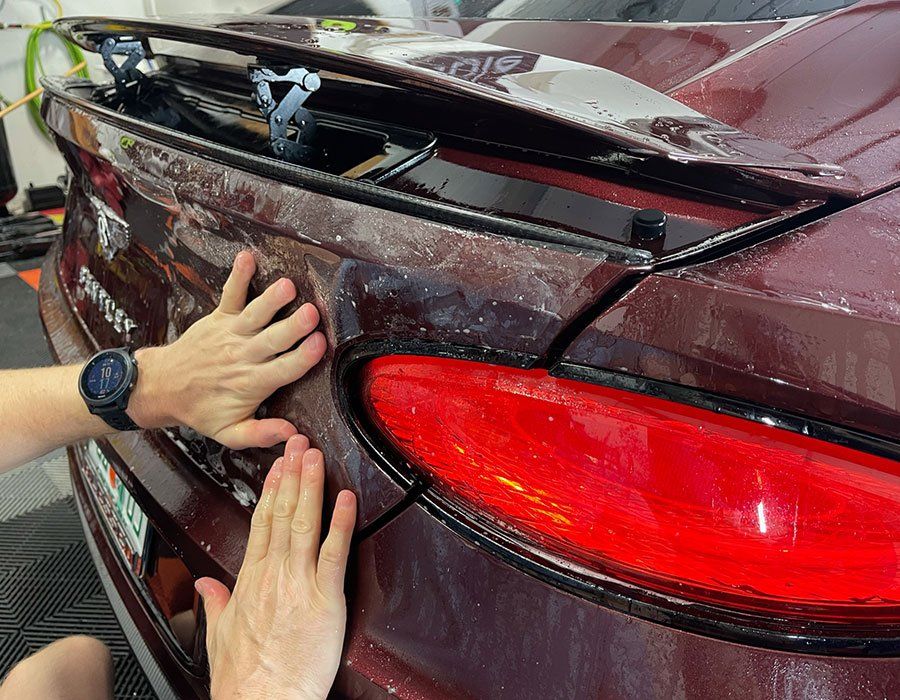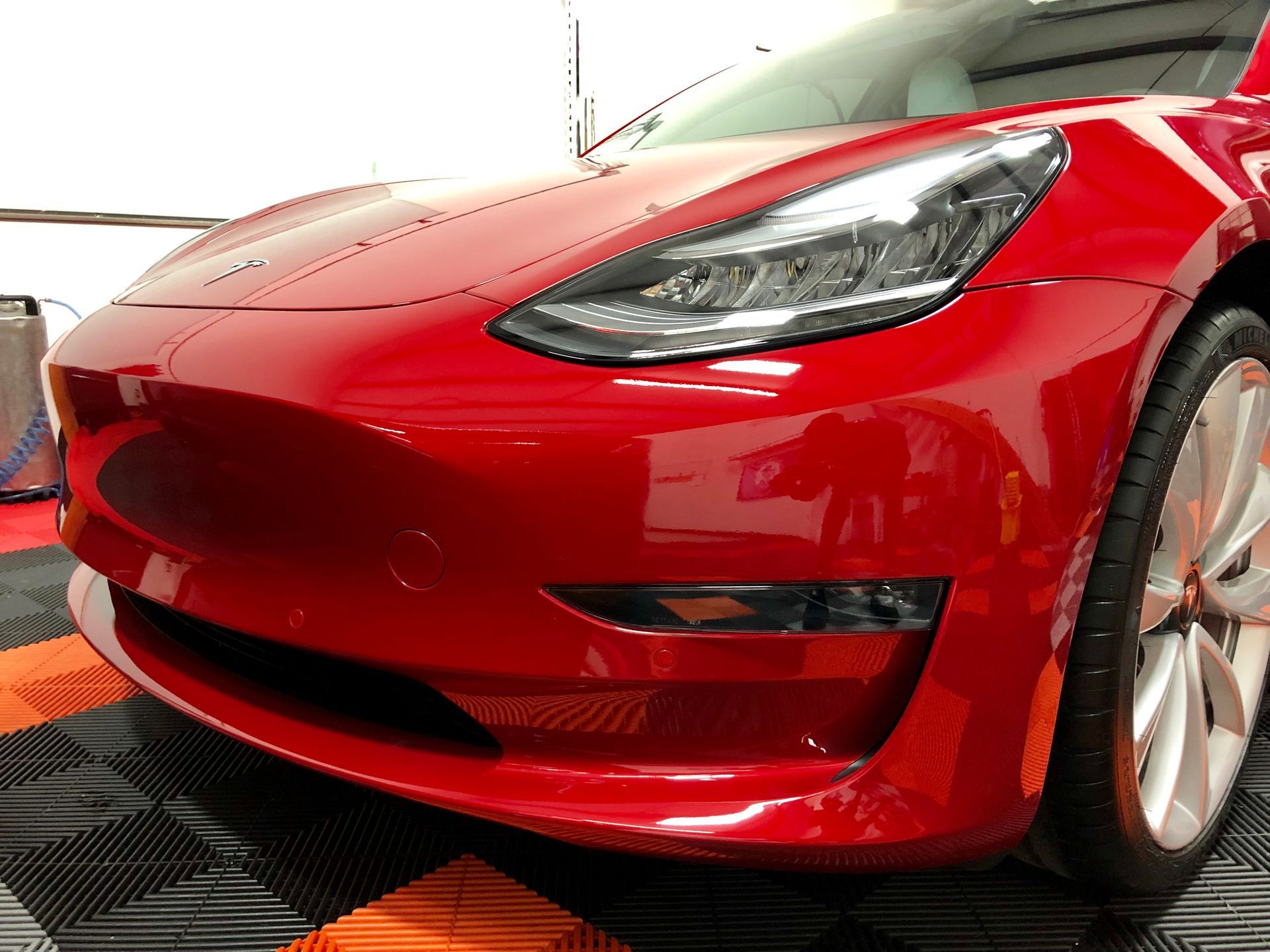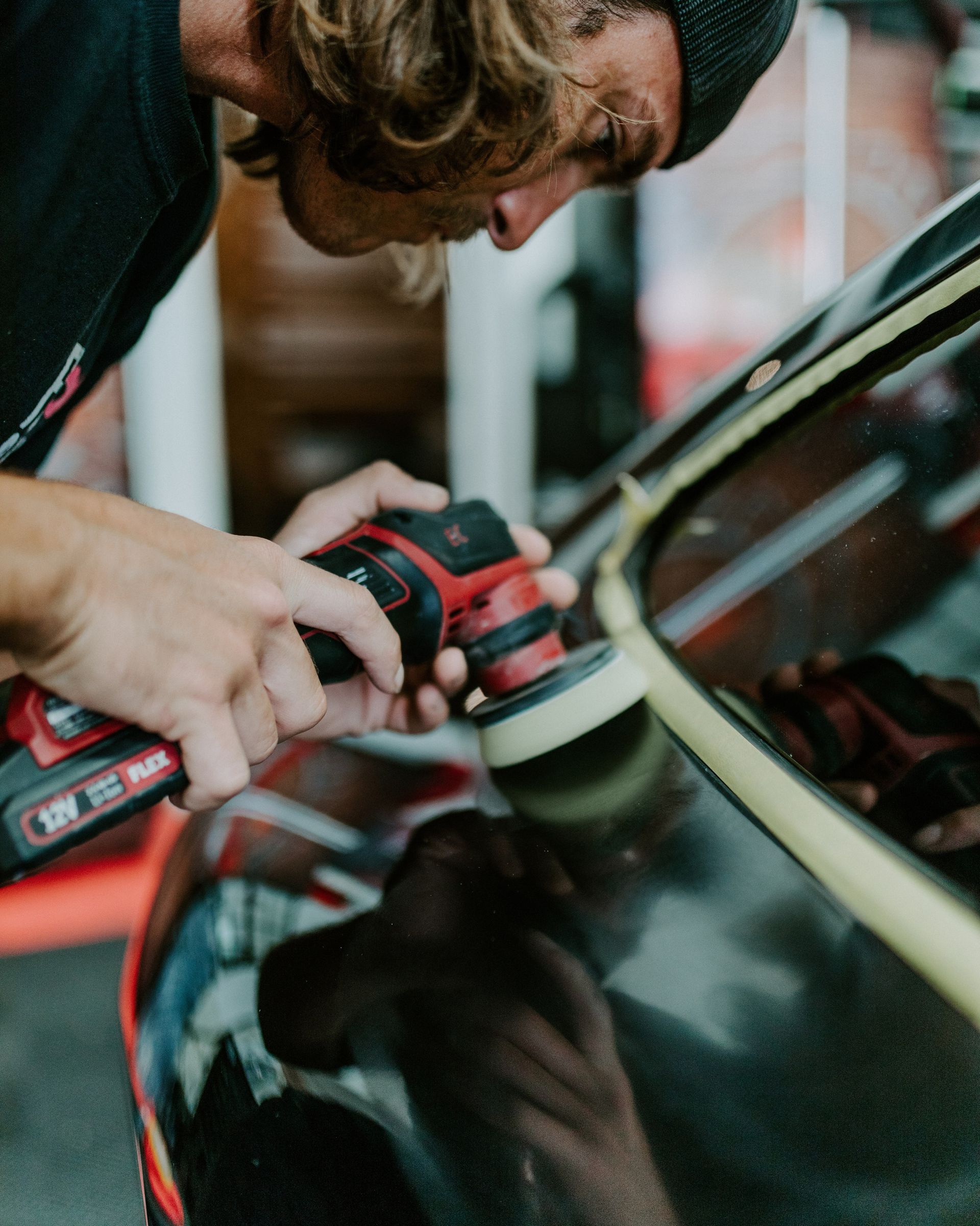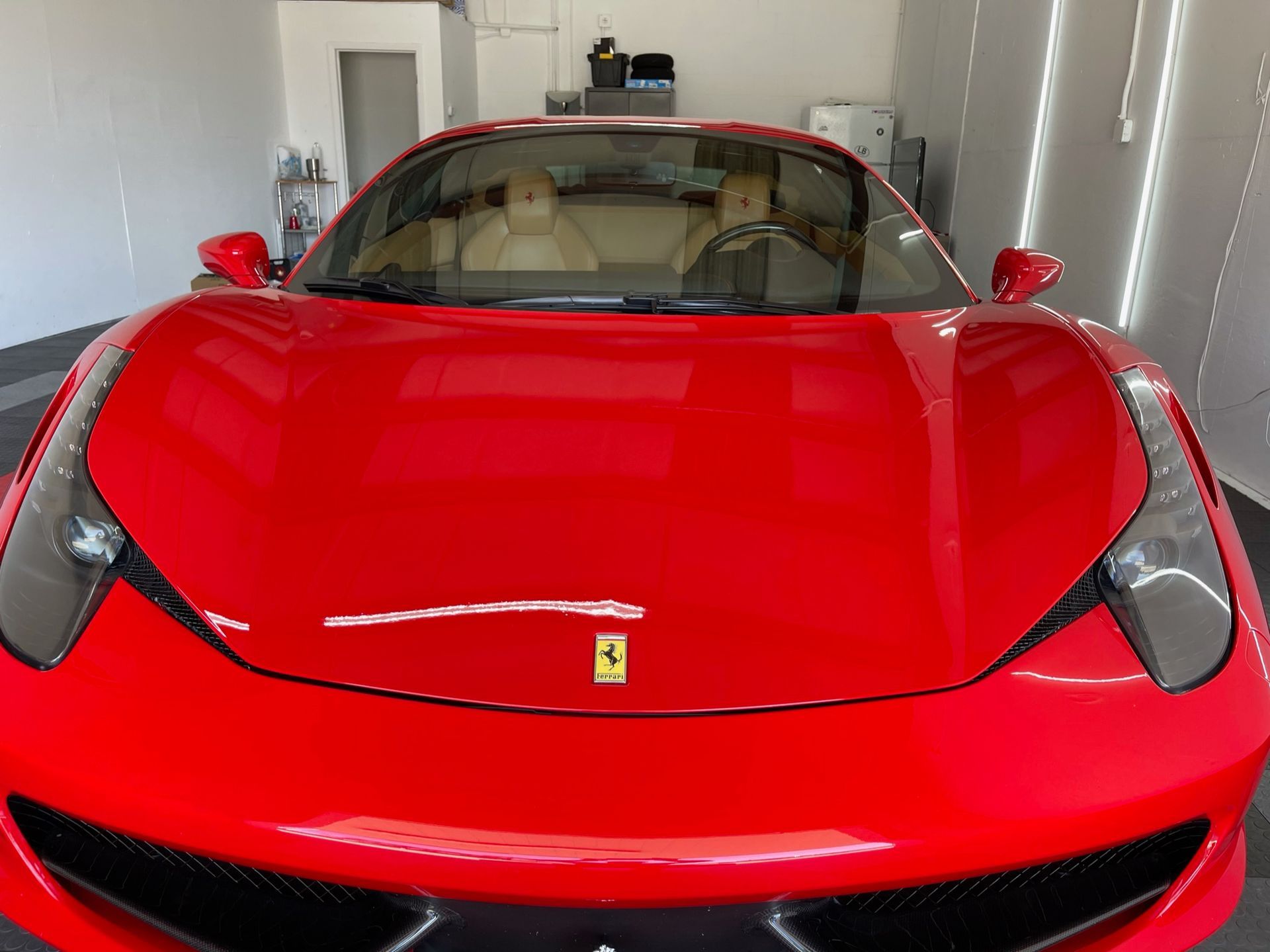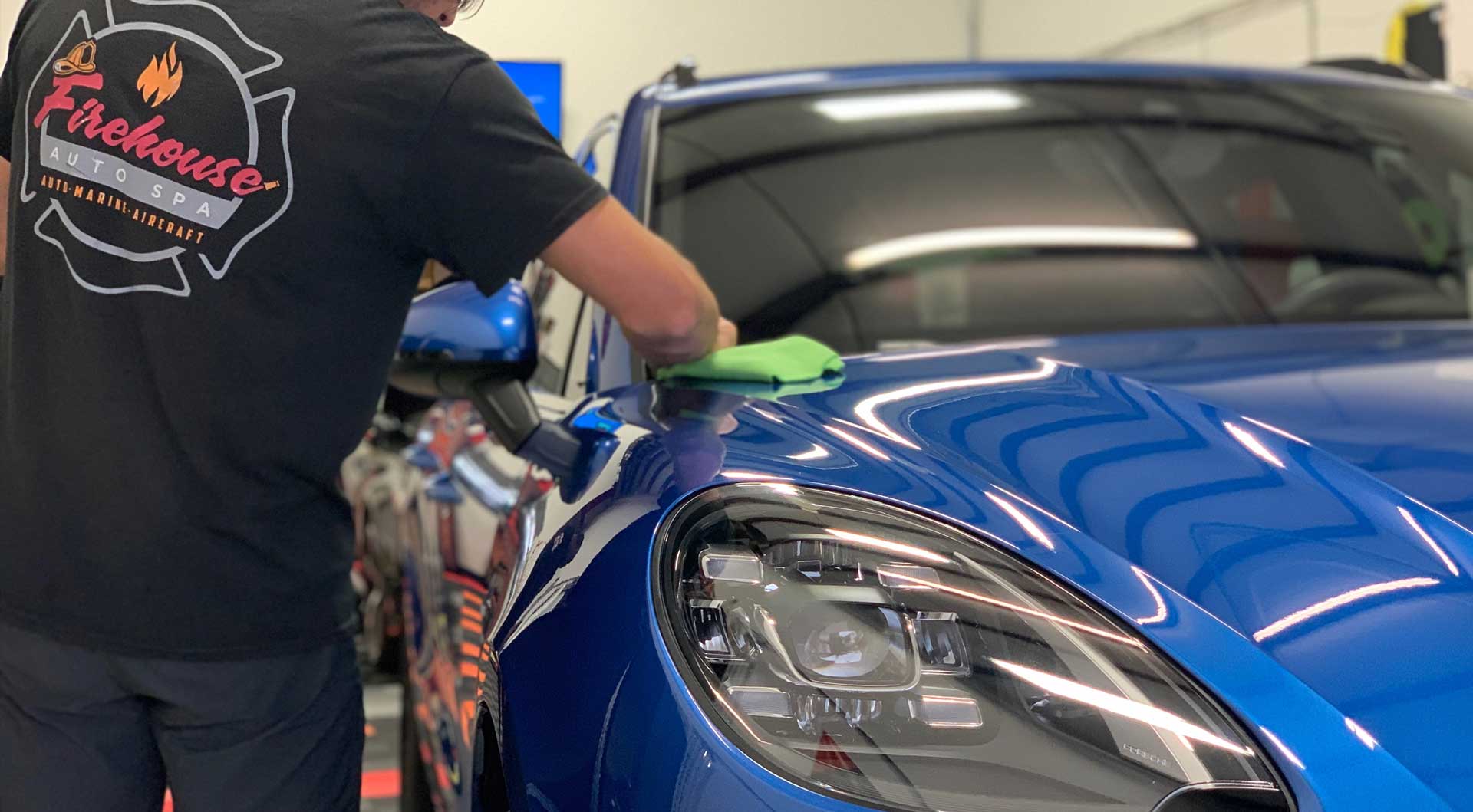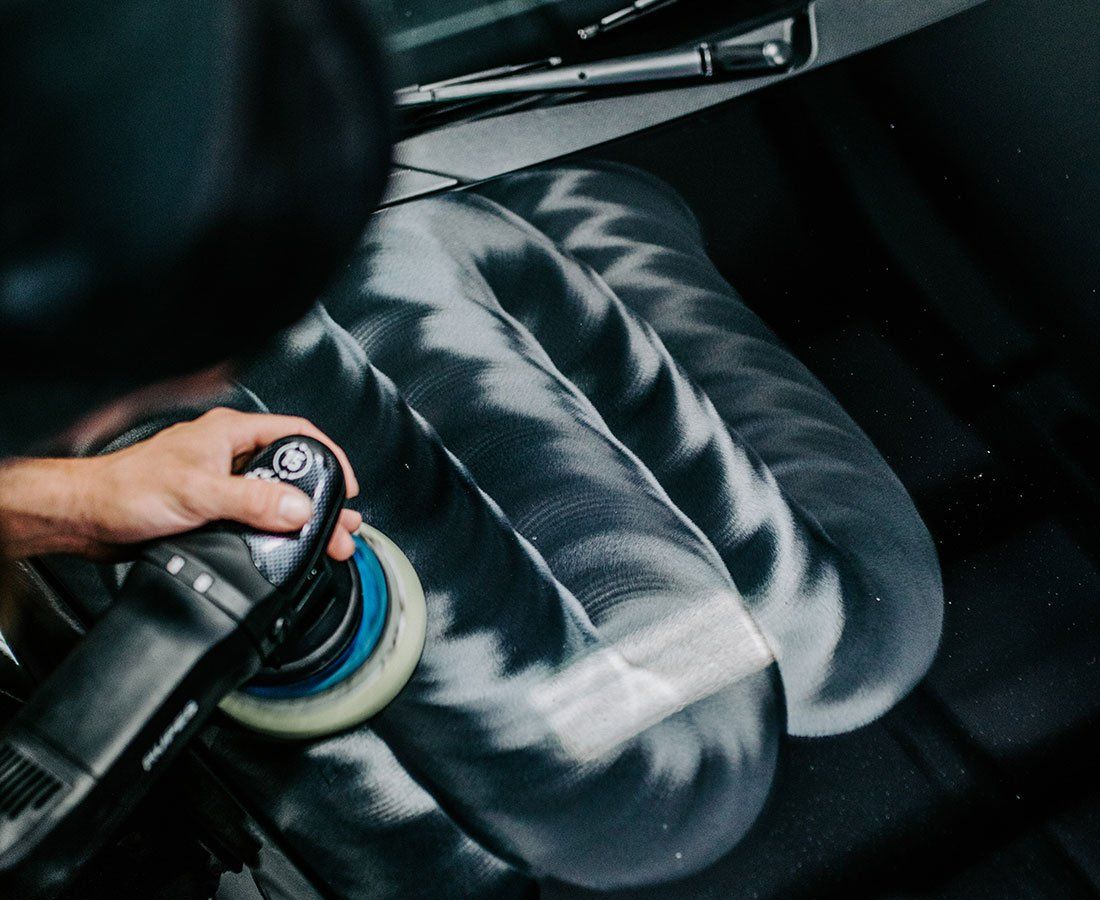Why PPF Is a Smart Move for Florida Drivers: Top Benefits Explained
In Florida’s intense heat and humidity, vehicle paint is constantly exposed to environmental damage that can lead to fading, chipping, and deterioration over time. Paint protection film offers a reliable, long-term solution by acting as a virtually invisible barrier against UV rays, road debris, and surface abrasions. More than just a cosmetic enhancement, PPF helps preserve a vehicle’s original finish and supports its long-term resale value. For Florida drivers, it’s a practical investment in maintaining both appearance and protection under the region’s demanding climate conditions.
Paint protection film is a smart move for Florida drivers due to the state’s harsh environmental conditions, including high UV exposure and humidity, which can cause significant paint damage over time. PPF provides nearly invisible protection against chips, scratches, and fading, helping to preserve the vehicle's appearance and resale value amidst Florida's unique challenges.
Benefits of Paint Protection Film
One of the key advantages of paint protection film is its ability to provide nearly invisible protection. It preserves the vehicle’s sleek appearance while shielding the paint from chips, scratches, and minor abrasions. When professionally applied, the thin, transparent layer is barely noticeable. In addition to its aesthetic benefits, PPF offers effective protection against environmental factors such as intense UV exposure, road debris, and humidity—conditions that are especially common in Florida. This makes PPF a practical solution for maintaining both the appearance and longevity of a vehicle’s exterior.
UV Damage Mitigation
Florida’s constant sun exposure can have a damaging effect on vehicle paint, with ultraviolet (UV) rays causing fading, oxidation, and discoloration over time. Without protection, a car’s vibrant finish can quickly lose its depth and shine. Paint protection film acts as a powerful barrier against these UV rays, significantly reducing their impact on the paintwork. By blocking UV radiation, PPF helps preserve the color, gloss, and overall appearance of the vehicle for years to come. This type of film not only keeps the car looking newer, longer—but also minimizes the need for costly repainting or corrective detailing caused by sun damage. For drivers in Florida, where UV intensity is high year-round, PPF offers essential protection against one of the most persistent environmental threats to vehicle exteriors.
Self-Healing Properties
Many modern PPF products incorporate self-healing technology that offers an additional layer of protection and convenience. Imagine this: you park your car under the hot sun, and a few minor scratches appear on your PPF. Instead of panicking over the damage, you simply drive off. When exposed to heat—whether from sunlight or engine warmth—the material begins to repair itself. This remarkable capability allows minor imperfections like swirl marks or light scratches to vanish over time without requiring any extra effort on your part. As a result, your vehicle maintains its brand-new appearance for a longer period, bringing you peace of mind and reducing potential detailing costs.
Together, these benefits ensure that investing in PPF isn't just about aesthetics; it’s also about protecting one of your most valuable assets from the rigors of daily life in Florida.
Handling Florida's Harsh Climate
Florida's climate is not just a backdrop; it's a significant player in the wear and tear your vehicle experiences. This sun-soaked state experiences high UV exposure, often registering among the highest UV index levels in the nation, with values ranging from 7 to 10 during the summer months. The impact of this relentless sun can be devastating for automotive paint, leading it to fade, crack, and deteriorate much faster than in cooler climates. Fortunately, paint protection film acts as a formidable barrier against these elements, ensuring your vehicle maintains its lustrous finish despite the challenges it faces. Some drivers may observe that PPF serves as a protective layer for their vehicles, shielding them from harmful rays and maintaining their showroom shine.
- High UV Exposure: Regular exposure to intense sunlight can cause paint to dull significantly over time. The PPF forms an invisible shield that blocks UV rays, safeguarding your vehicle from fading and keeping it looking new longer. This level of protection can extend the life of your vehicle’s exterior finish drastically when combined with regular maintenance. In addition to combating fading, PPF is also exceptionally resilient against troubles caused by Florida's humidity. The relative humidity in the state often ranges from 70% to 90%, which can significantly impact the performance of various protective coatings on the market. Many products struggle to adhere properly under such moisture-stuffed air, leading to premature peeling or failure.
- Effects of Humidity: PPF is uniquely engineered with high-quality adhesives that maintain bonding strength even in extreme conditions. This resilience ensures that you don't have to worry about the PPF losing its grip during hot, humid days. Those who invest in this technology can feel secure in the knowledge that their car is protected from the challenges posed by humidity. Debris, particularly along coastal areas where sand and gravel easily kick up onto unsuspecting vehicles, is another formidable threat in Florida's environment. Not only does grit harm the aesthetics of your car, but it can also chip away at vital layers, exposing bare metal to rust and decay.
- Protection Against Debris: Paint protection film is highly effective in shielding vehicles from the abrasive elements commonly encountered in Florida’s coastal environments. Sand, gravel, and salt in the air can cause chips, scratches, and long-term paint degradation—especially for those frequently driving near the beach. PPF forms a resilient, transparent barrier that defends against these hazards without altering the vehicle’s appearance.
Investing in PPF is more than just purchasing a product; it's about ensuring your investment remains secure amidst the challenges of nature!
Enhancing Vehicle Appearance
One of the key benefits of PPF is its ability to keep vehicles looking newer for longer by preserving the original paint in pristine condition. Unlike traditional methods like waxing, which may offer a momentary glossy finish, PPF provides a consistent and long-lasting shine that stands up against everyday wear and tear. Imagine cruising down a sunlit Florida highway, your vehicle glimmering under the bright sun without any worries of fading or chipping. It's this level of confidence that PPF instills in drivers. Cars boasting a clean, unblemished exterior can fetch a resale value higher compared to those with visible paint damage. A clean exterior isn’t just about aesthetics; it’s about making a smart investment in your vehicle's future. Another appealing aspect of PPF lies within its customization options, allowing drivers to tailor the film to their unique style.
Customization Options
PPF offers various finishes to cater to every taste and desired vehicle appearance. For instance, glossy PPF enhances shine, giving off an elegant look reminiscent of freshly polished paint. Then there’s matte PPF, perfect for those who prefer a sleek and modern aesthetic. This option drastically changes the character of a car, conveying sophistication and a hint of ruggedness at the same time. Furthermore, color-tinted PPF options allow individuals to express their personality through their vehicles like never before. Imagine transforming a standard sedan into a unique, eye-catching machine that reflects your style choices! The possibilities are both exciting and extensive.
- Glossy PPF: Amplifies shine for added brilliance.
- Matte PPF: Gives cars a chic, understated elegance.
- Color-tinted PPF: Provides opportunities for personalization not typically possible with traditional finishes.
Choosing PPF is about much more than mere aesthetics; it’s an investment into maintaining the beauty and value of your vehicle while also ensuring it stands out on the road.
Long-Term Investment Value
PPF is not just for immediate protection; it’s a long-term investment in your vehicle’s value. This film functions as an imperceptible barrier, safeguarding your vehicle from the daily rigors of driving. By preventing damage to the paint, you reduce the need for costly touch-ups and repaints.
Resale Value Impact
A well-maintained exterior can play a crucial role in boosting a vehicle’s resale value. Paint protection film helps preserve the original paintwork, preventing chips, scratches, and fading that often diminish a car’s appearance over time. Vehicles with protected, pristine finishes are generally more appealing to buyers and can command higher resale prices as a result. While the impact may vary depending on the market and condition, maintaining the factory paint through PPF can make a noticeable difference when it’s time to sell. This feature highlights how a relatively small investment in long-term protection can translate into greater returns and a stronger market position for your vehicle.
Cost Efficiency
While some may raise eyebrows at the initial cost of PPF, which typically ranges from $1,100 to $5,000 depending on coverage options, it's essential to weigh this against potential future expenses. For example, repairing a single scratched area could cost anywhere from $800 to $3,000—think of that as a temporary fix that offers no long-term solution. Investing in PPF now might feel like a splurge but compares favorably to the cost of repainting after damage has occurred. This makes investing in PPF not just about protection; it’s also financially sound long-term planning. Each scratch prevented or chip avoided means direct savings in maintenance costs as well as enhanced aesthetic appeal. Choosing PPF is more than just protecting your vehicle today—it’s securing its future and upholding its value for years to come.
Comparing PPF to Alternatives
When it comes to safeguarding your vehicle's exterior, understanding how paint protection film stacks up against its alternatives can guide you in making an informed decision. There are several popular methods, and each has its unique benefits and drawbacks. For instance, comparing PPF with ceramic coatings, waxing, and vinyl wraps can highlight why PPF may be one of the most effective choices for Florida drivers.
- Ceramic Coatings: While ceramic coatings shine in providing excellent UV protection—making them a popular option for those who want to keep their paint looking bright under the Florida sun—they falter in terms of physical protection. Essentially, ceramic coatings enhance washability and create a hydrophobic surface that repels water and dirt, but they don’t act as a barrier against chips from flying debris or scratches from everyday wear and tear. On the other hand, PPF excels in shielding your car from physical damage. It provides an ultra-thin but tough layer that absorbs impacts, making it an ideal choice for regions prone to road debris and stone scratches. We primarily apply PPF to high-impact areas, such as the front end of the car, to provide targeted protection where you need it most. Therefore, if you’re mainly concerned about physical abrasions on your vehicle’s paint, PPF is undoubtedly the frontrunner.
- Waxing: While waxing has long been a staple in automotive care for providing a temporary shine and modest surface protection, it simply doesn’t hold up in terms of longevity and durability. Wax needs frequent reapplications—typically every few months—which incurs additional maintenance costs and demands time and effort on your part. In contrast, PPF can last up to 10 years without needing replacement or touch-ups, presenting a significant advantage. Unlike wax—which might protect against minor environmental factors—PPF offers substantial defense against physical impacts that could easily mar your paint job over time.
- Vinyl Wraps: Vinyl wraps allow you to change your car’s color or add custom designs quite dramatically. However, they usually fall short when it comes to durability against scratches and impacts compared to PPF. While a vinyl wrap might give your vehicle a flashy new look, it lacks the toughness needed to withstand daily challenges presented by road conditions. In contrast, PPF stays clear and maintains the original color of your car while providing critical protection against staining or damage. When considering your vehicle’s value and appearance over time, opting for PPF often yields better long-term results than vinyl options which can fade or show wear much sooner.
In summary, paint protection film stands out as one of the most effective solutions for safeguarding vehicles in Florida’s harsh climate. With its ability to block damaging UV rays, resist humidity-related wear, and shield against sand, salt, and road debris, PPF delivers both aesthetic and functional value. From maintaining a pristine finish and enhancing resale value to reducing long-term maintenance costs, the benefits of PPF extend far beyond surface-level appeal. For Florida drivers facing year-round sun exposure and environmental challenges, investing in PPF is not just a smart decision—it’s a proactive step toward preserving the longevity, beauty, and value of their vehicle.
Expert PPF Services in Jacksonville, FL
Protect your vehicle from Florida’s relentless sun, road debris, and everyday wear with
premium paint protection film services from Firehouse Auto Spa in Jacksonville, FL. Our expert installers use cutting-edge techniques and high-quality films to preserve your car’s flawless finish while maintaining its sleek appearance. Whether you're cruising down the coast or navigating city streets, trust Firehouse Auto Spa to provide the lasting defense your vehicle deserves.
Book your appointment today and experience the confidence that comes with unmatched paint protection!




